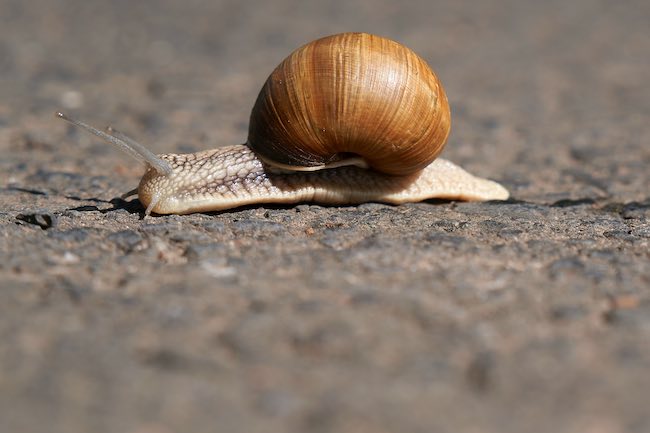
How to control garden slugs and snails with the barrier method
In gardening, a barrier method for controlling slugs involves creating a physical barrier around plants or beds to prevent slugs from reaching and damaging them. This can be done by using materials such as copper strips, sand, gravel, or diatomaceous earth, which slugs will not cross due to their aversion to these substances. Another option is to create a barrier of organic material, such as straw or dry leaves, around the plants. This type of barrier not only prevents slug damage but also helps to retain moisture in the soil. Additionally, creating a dry and well-drained environment around plants can also discourage slugs from residing in the area.
The most effective barrier methods are as follows
There is no one universally “most effective” barrier method for controlling garden slugs, as different methods may work better in different situations. However, some of the most commonly used and effective methods include:
- Copper strips: Slugs are deterred by the electrical charge created when they touch copper, making copper strips a popular choice for barrier protection.
- Sand or gravel: A barrier of coarse sand or gravel can prevent slugs from reaching plants and is a good choice for raised beds or rock gardens.
- Diatomaceous earth: This fine powder made from fossilized algae is abrasive to the delicate skin of slugs and deters them from crossing it.
- Straw or dry leaves: A barrier of organic material around plants helps to create a dry, well-drained environment that slugs do not like.
- Beer traps: Slugs are attracted to beer, so you can use shallow containers filled with beer placed near plants as a trap to catch and kill them.
It’s important to note that these methods may need to be used in combination with each other or with other slug control methods, such as hand-picking, using wildlife and child slug bait and nematodes, for optimal control.





















